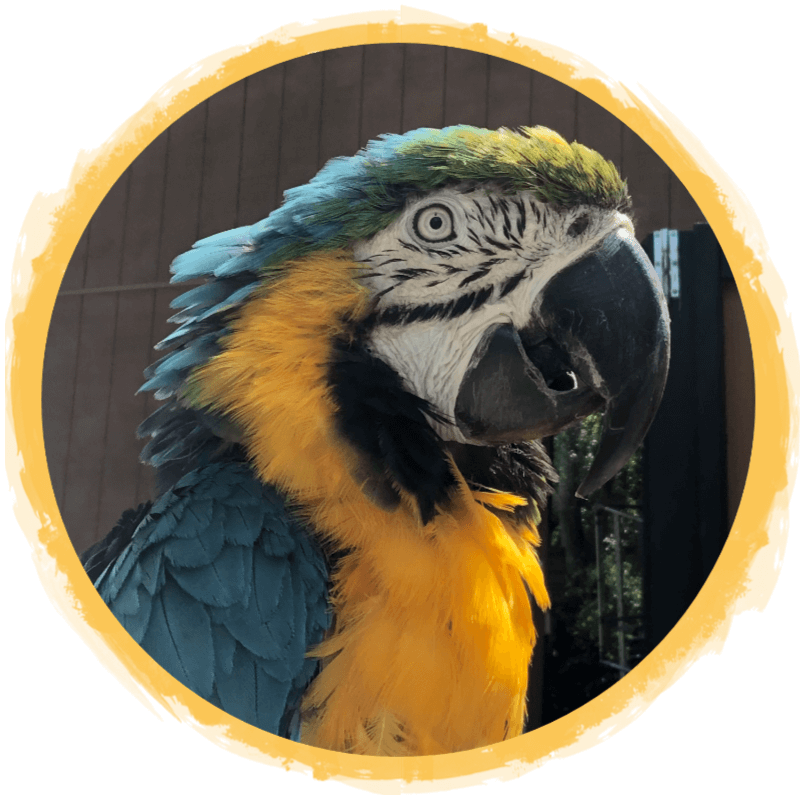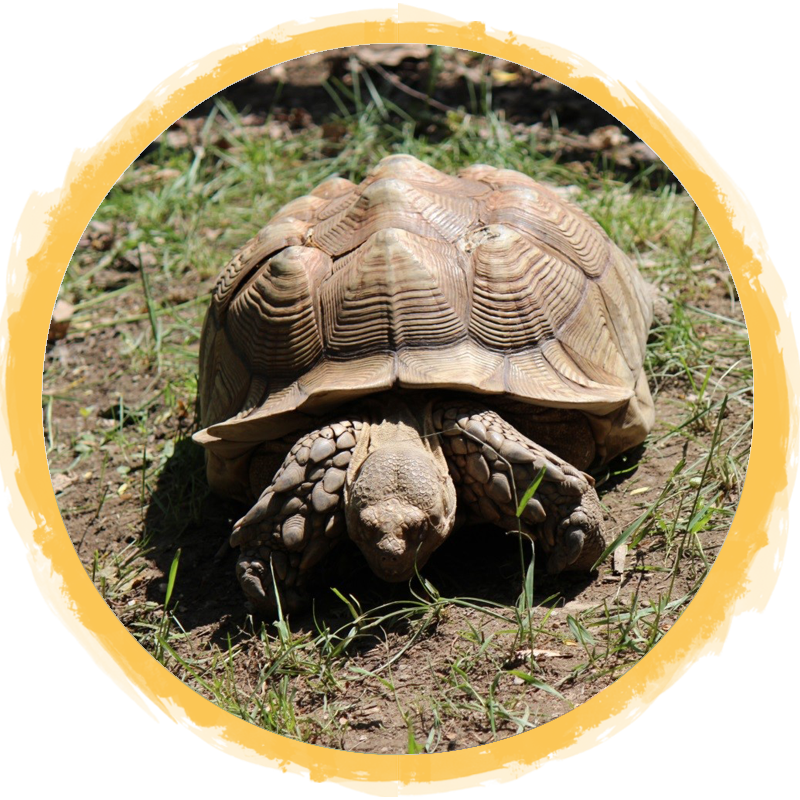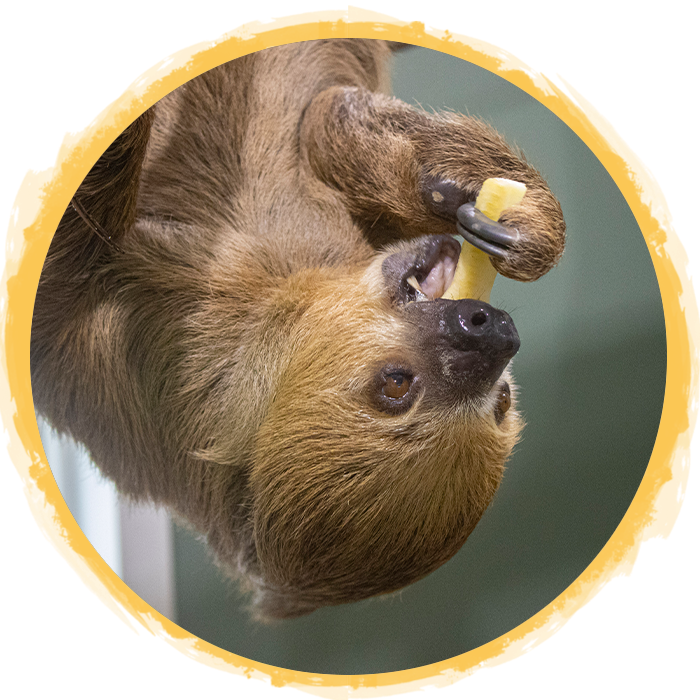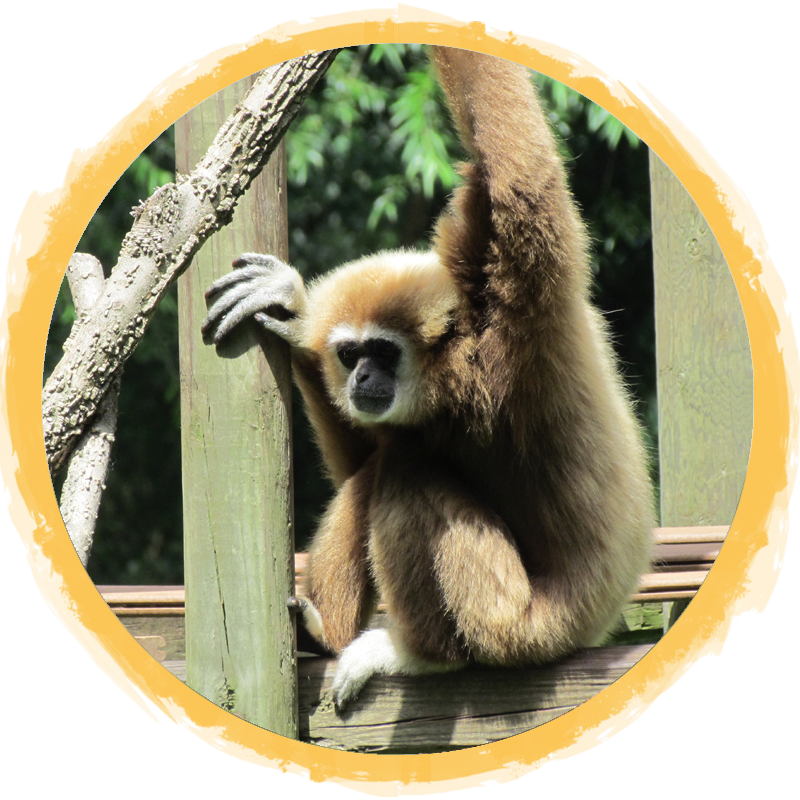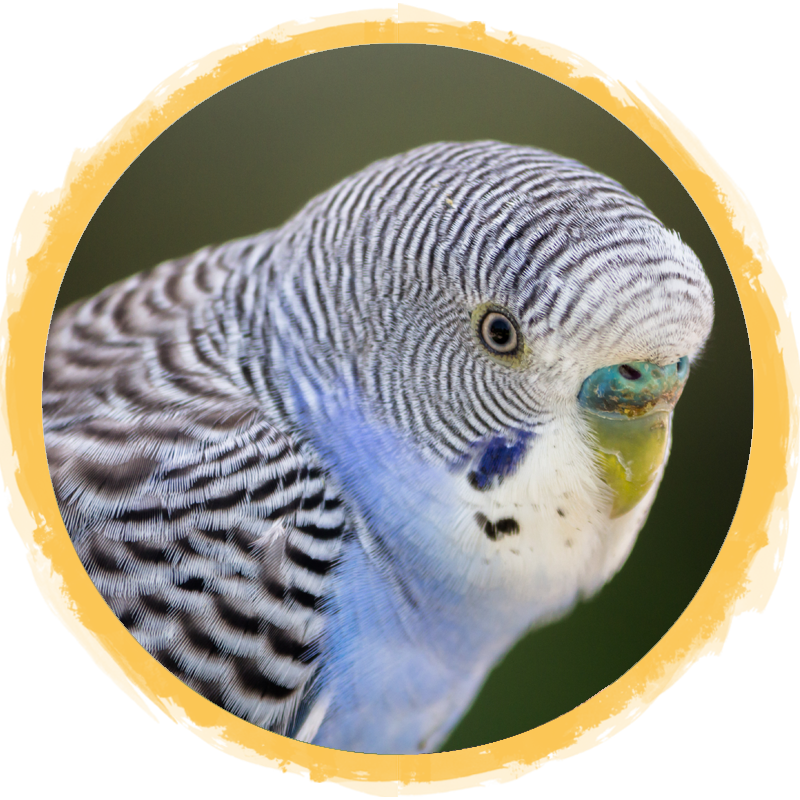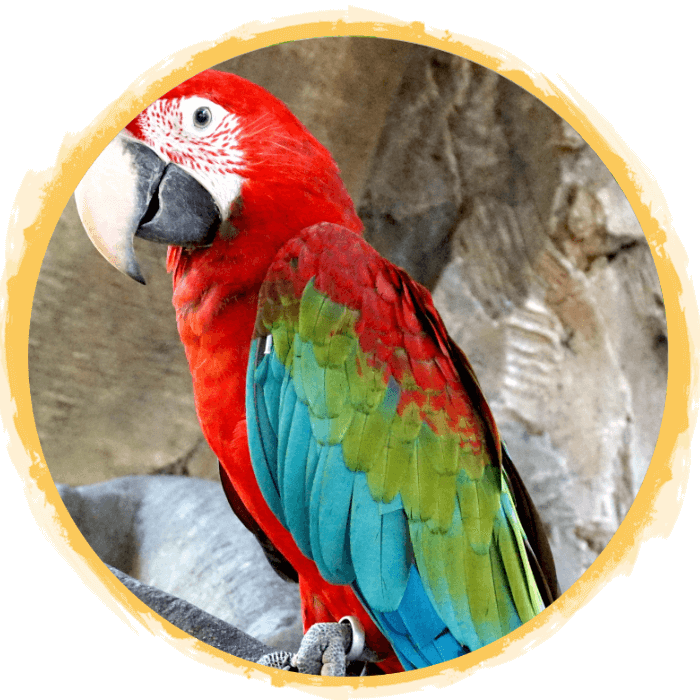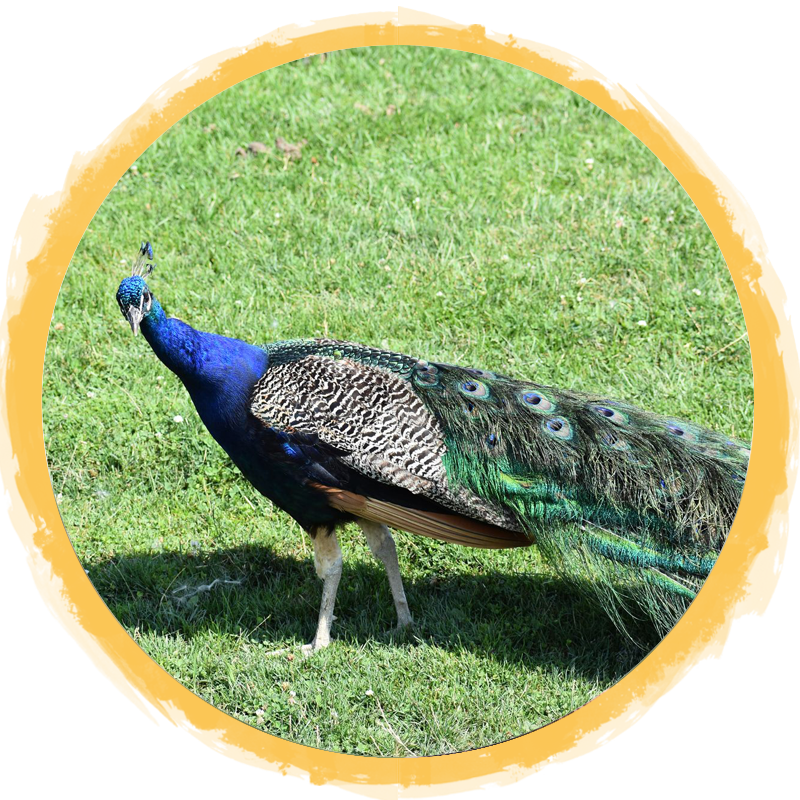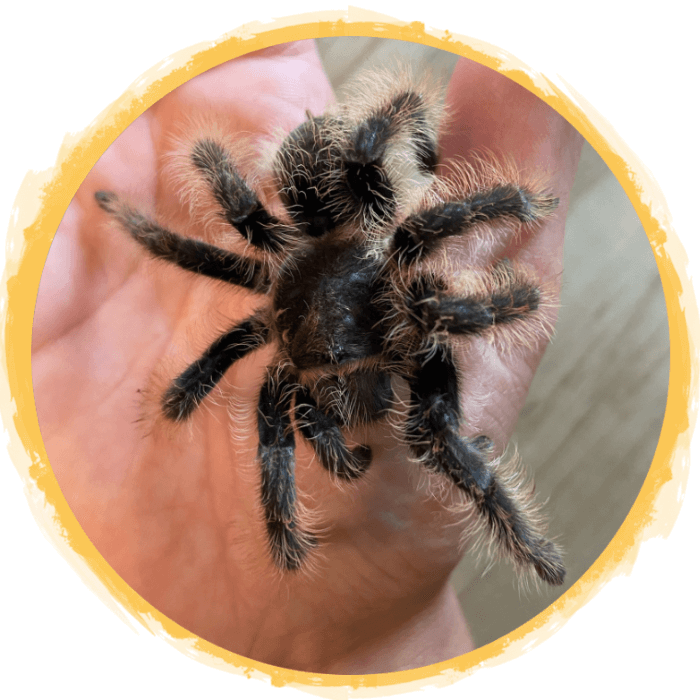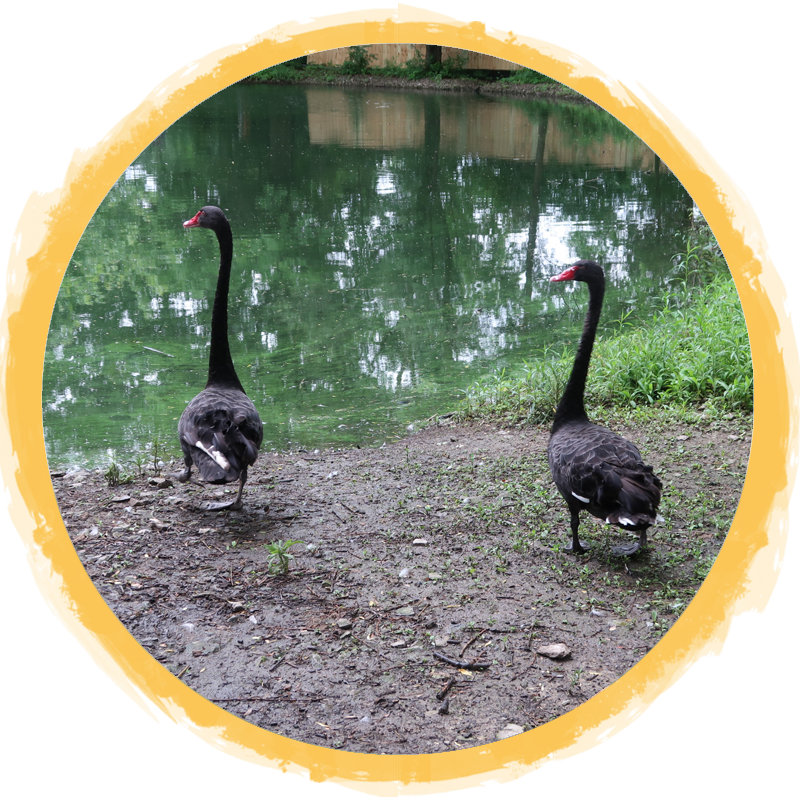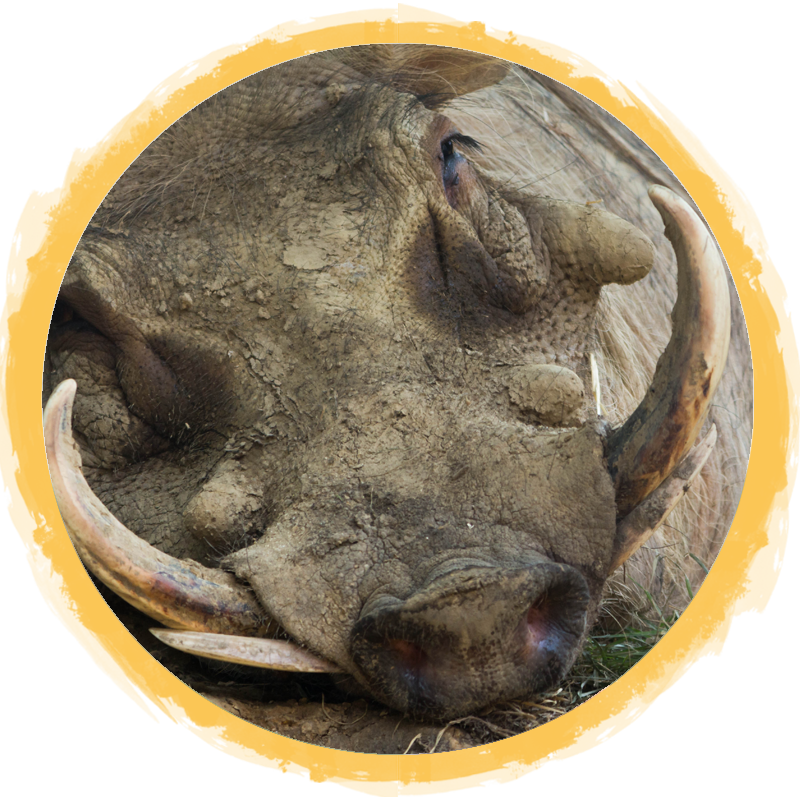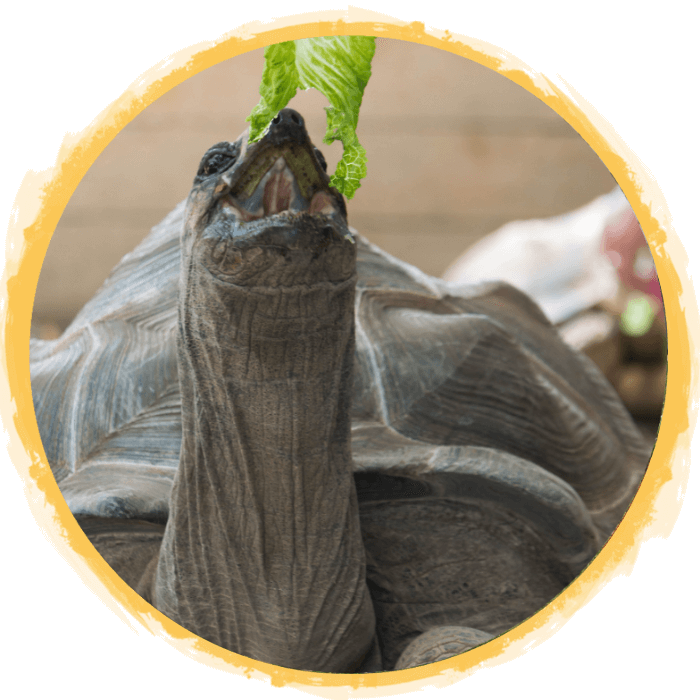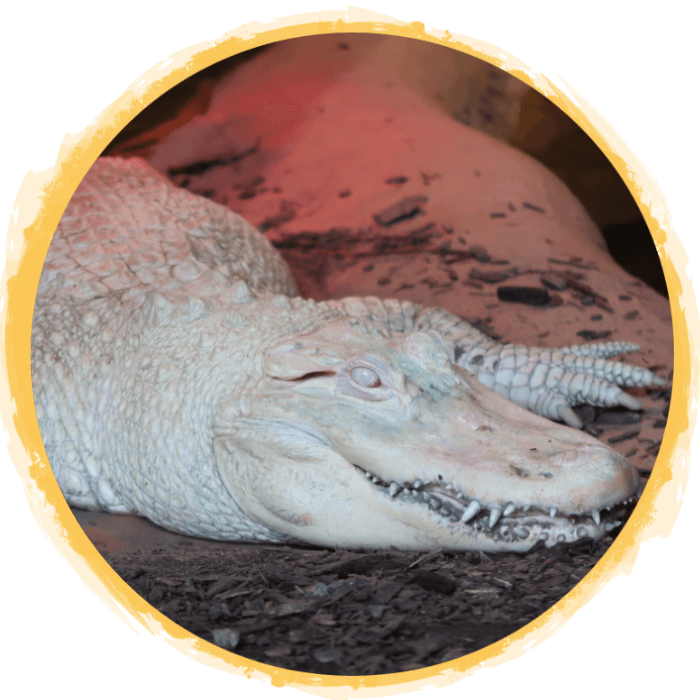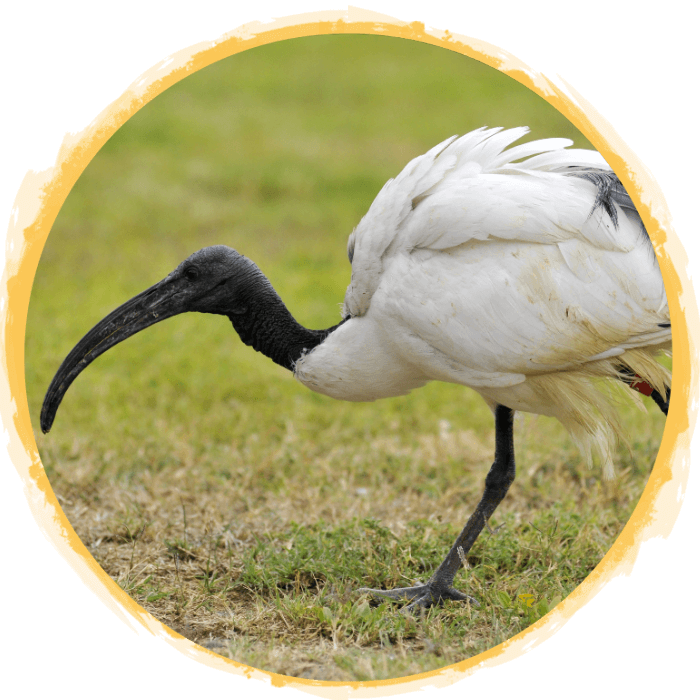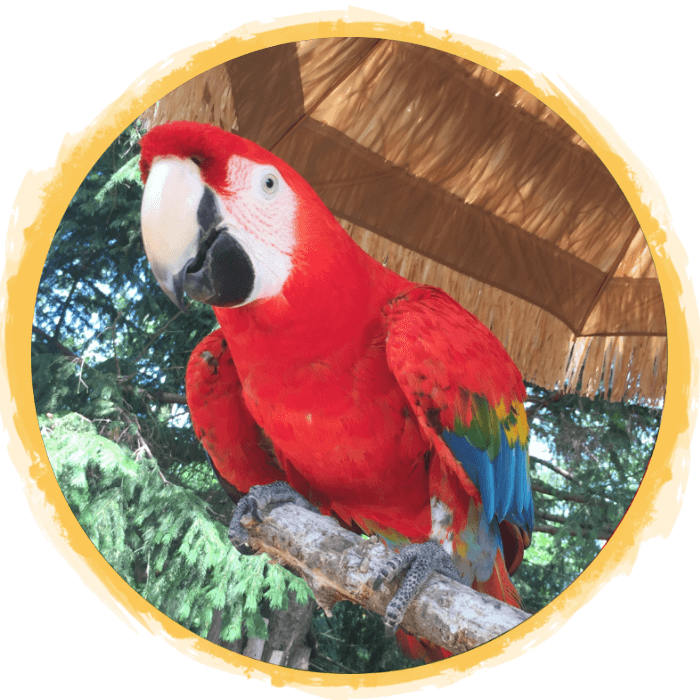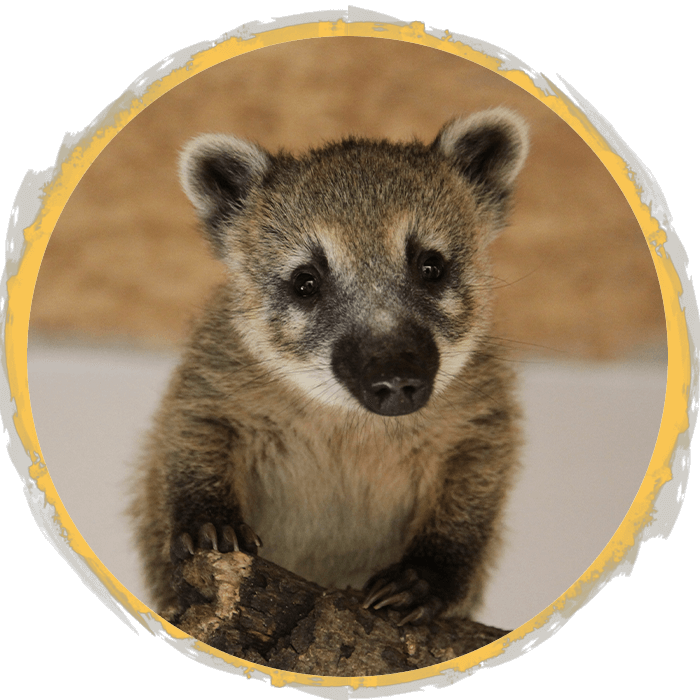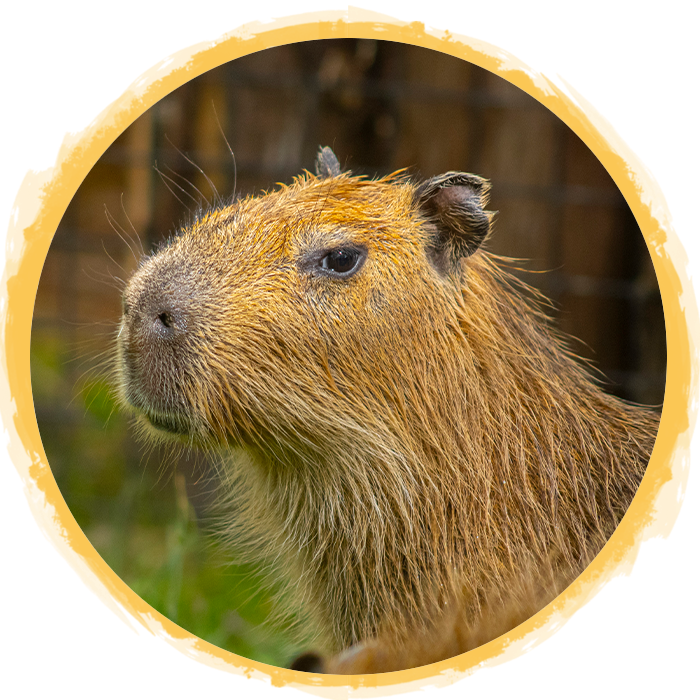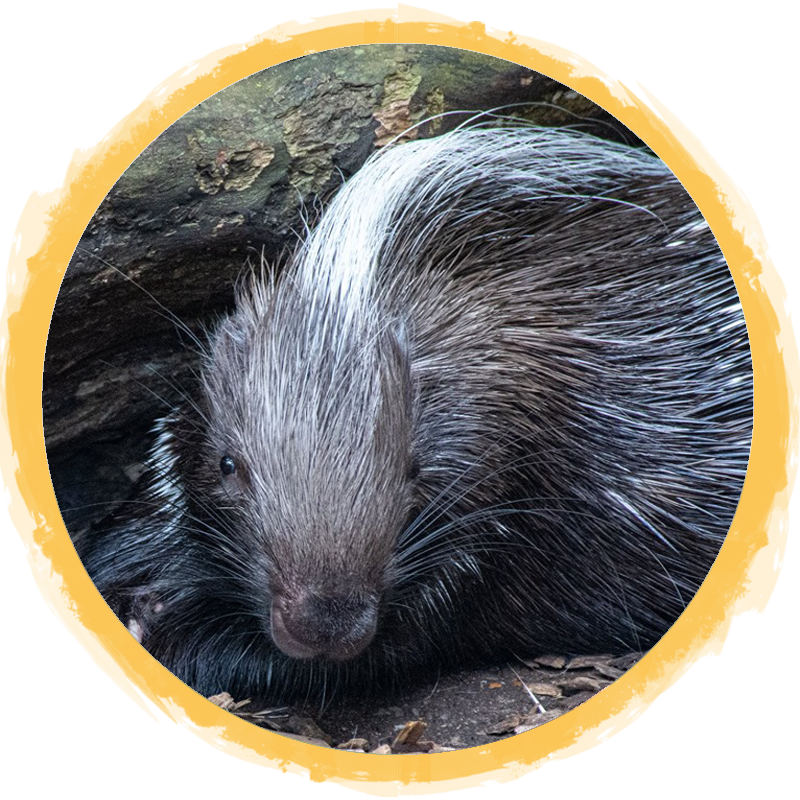(Tliltocatl albopilosus)
These tarantulas are covered in dark, brown to black bristles and a golden-bronze sheen that comes from the bristles covering it’s body. All Tarantulas have 8 legs. They also have two leg-like pedipalps that they use to hold and carry prey items, transport eggs, or dig burrows, as well as two fang-tipped appendages called chelicerae that strike to inject venom into their prey. Their 8 eyes don’t have the best sight but they can sense changes in light.
They have a hard exoskeleton that can’t grow with them, therefore the exoskeloton must molt and a new one must grow to accomodate their new size. They can even regenereate lost legs!
To eat, these nocturnal hunters dart out of their burrow to grab passing prey. They detect prey from the sensitive hairs on their legs. Once they have their prey, they inject them with venom that paralyzes, then begins digestion. This allows the Tarantulas to suck up the proteins and fat leaving behind a pile of undigested body parts.
The venom is rarely toxic to humans and Tarantulas are quite docile, so rarely bite.
Tarantulas can spin silk which allows them to line their burrows and protect their eggs. Females allow mating to occur, typically during the rainy season. The mating results in an egg sac with 300-500 eggs laid a few weeks later. This is then incubated for about 7-8 weeks, once hatched, spiderlings that are the size of a pencil point develop quickly and then leave to live independently after a couple of weeks. If a female is not ready to mate, she becomes quite aggressive towards males and may even try and kill him.
Tarantulas are solitary
In the wild, they can be found on the Atlantic side of Honduras, Nicaragua, and Costa Rica. They typically live in tropical scrubland, at the base of large trees, near rivers or in cleared rain forest.
Fast Facts
Country of Origin: Nicaragua, Honduras, and Costa Rica
Weight: 1 to 3 ounces
Size: Up to 2.8 inches long with a leg span of 5.8 inches
Lifespan: Males live 9 to 10 years and females up to 20 years
Diet: Curly Hair Tarantulas enjoy eating insects and small vertebrates


